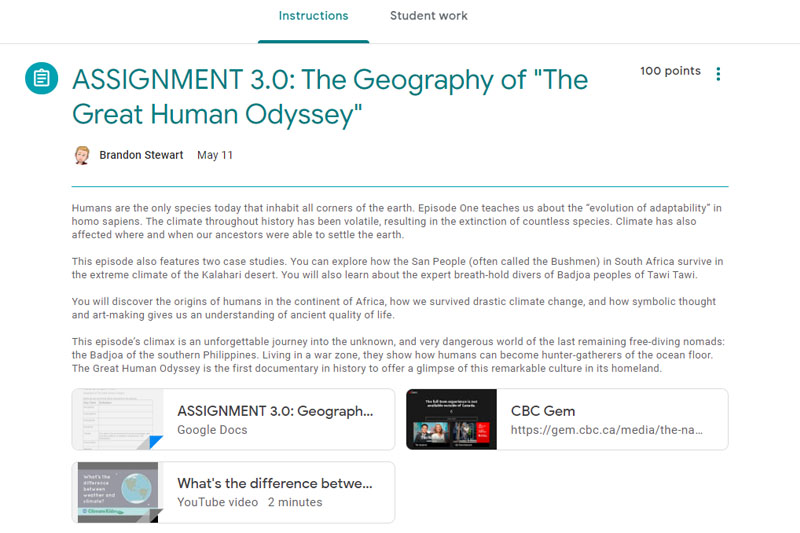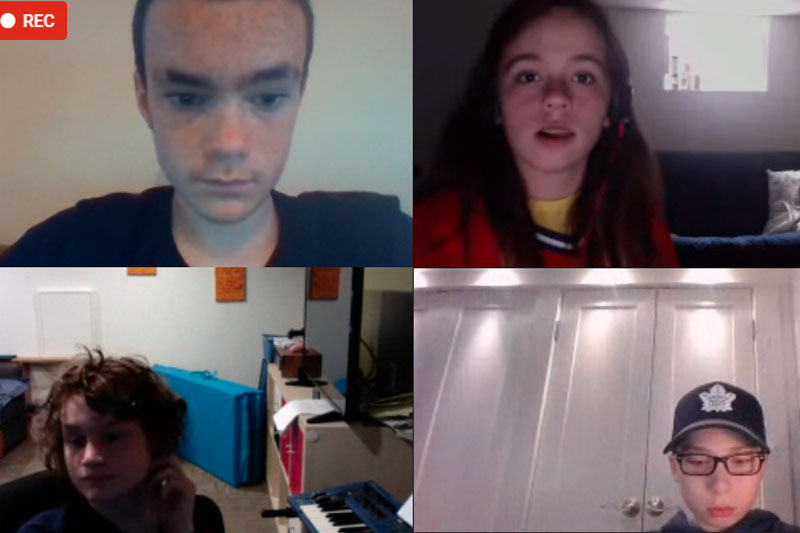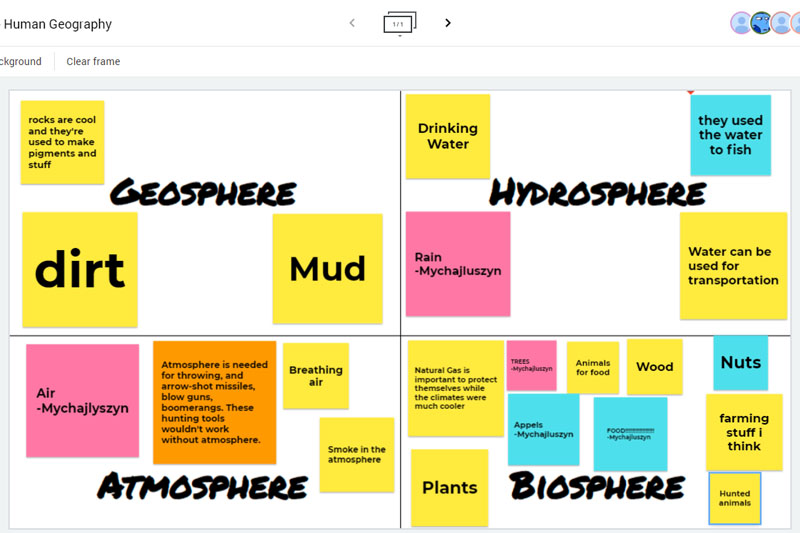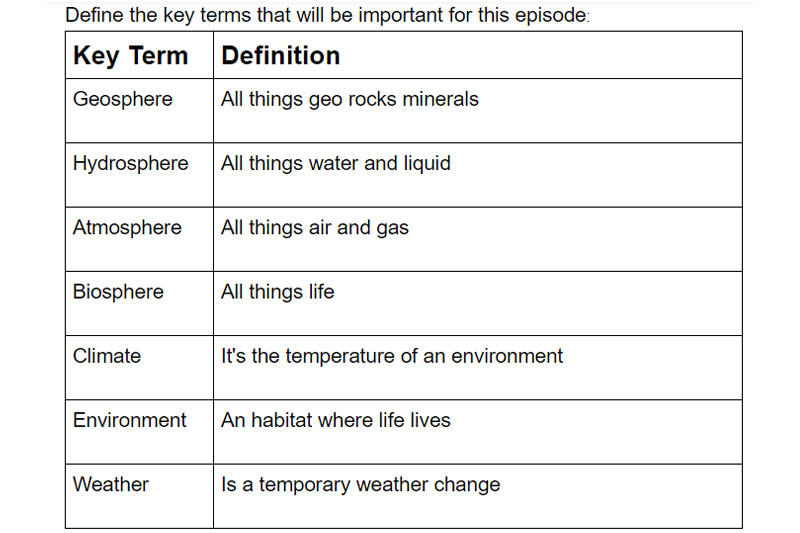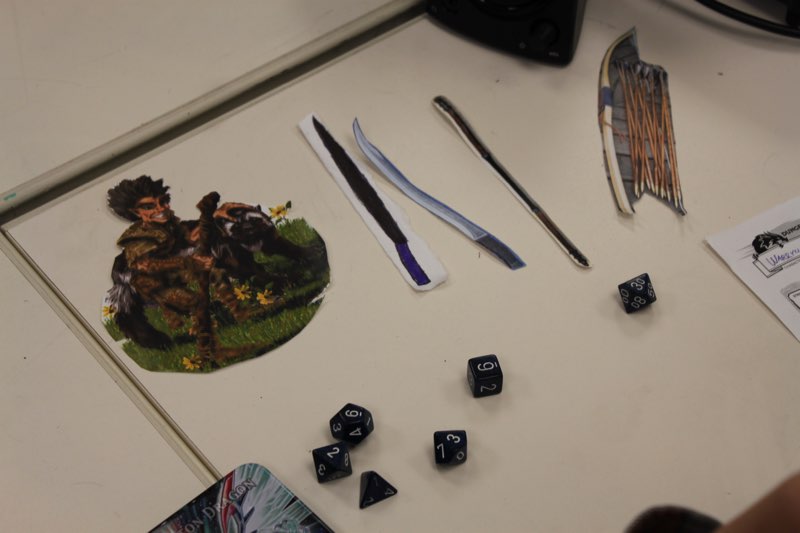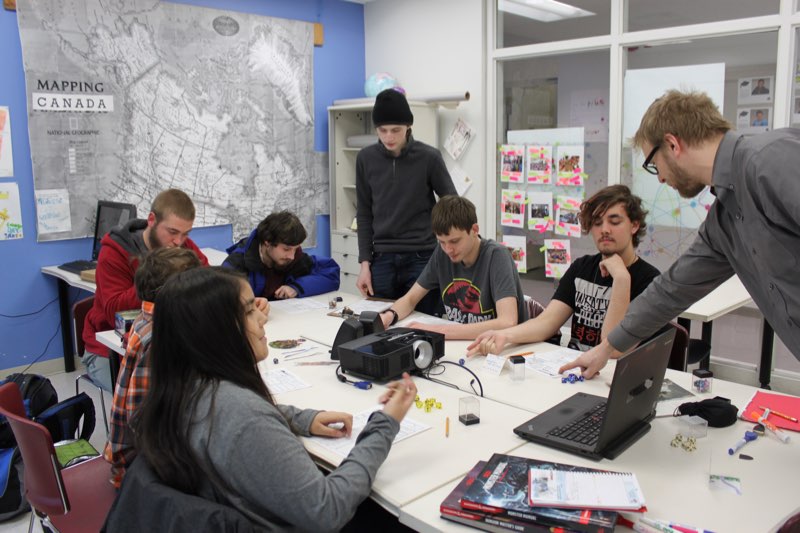Welcome to Southgard, a land of fantasy adventure, swords and sorcery, and political intrigue. Our brave group of adventurers hunt for ancient treasures that unlock incredible powers from an extremely advanced ancient civilization. These lost technologies and magic are the key to power and wealth in the world of Southgard.
Even through online course delivery, and physical distancing, Academy students are still getting together to engage in shared creative story writing, and role-play gaming. In the Academy’s Play-by-Post Role Play Club, students take control of the story of a character they have created, and write their share of an adventure that unfolds before their very eyes.
Each week the players face new challenges as the Game Master introduces new narratives to which students write their character’s reactions. Through back and forth posting, students develop compelling characters, build engaging interactions, and make exciting choices. The Play-by-Post Role Play Club combines the literary outlet of Creative Writing, and the excitement of Role Play Gaming.
Take a look into the world of Southgard!:
GM Post:
“This is it. Here we enter the Bulgar Swamp. Don’t stray off the path that I walk on. There are false trails, pitfalls, and hidden bogs just underfoot everywhere.” Hilda, the dwarf woods-guide picked her way carefully under the arch of the twisted trees, occasionally prodding the ground with the butt of her spear.
The sounds of the party seemed to be muffled or swallowed by the damp air, and though there were the croaks of frogs, and the sound of small splashes nearby, the travelers could tell that sounds from further than a few yards simply weren’t reaching them. At that moment, the spongy peat moss under Nax’s feet gave way. He slipped up to his neck into cold waters. He could feel the roots of weeds and trees just under the false ground that had dropped him, and when he reached his hands up, he couldn’t push them up through the moss. The harder he pushed, the further down his head was forced, until he disappeared below the thick mat of vegetation. Trapped below the surface.
“Quick now! You’ll have to work together, and fast to get him free. Don’t lose the spot where he went under!”
Player Post – Nax the Dragonborm:
Nax clearly gasped as he fell under, keeping his eyes and mouth closed he focused. He may be what most would consider a scumbag, but he wasn’t an idiot. He wouldn’t die here, that was sure. He pointed his finger up, and starting firing his invisible missile spell off, trying to at least send them a signal as to where he was. Hoping they manage to save him…
GM Post:
In the moment Nax slipped below the surface of the Peat Moss floor of the path, Hilda leapt to where he had fallen. Just as she leaned over the spot he had gone under a burst of water, moss, and plant matter shot up into her face. A blast of pain cracked through her head.
Completely unconscious, Hilda tipped backwards, falling to her back like a stiff log.
A small round opening in the false ground, about the size of a coin, showed a pool of murky water.
~**Nax is still trapped underwater below the layer of peat moss, and now Hilda is unconscious**~
Player Post – Muffy the Human:
muffy, runs over to Hilda and grabs her spear. “Bonnie you come help me pull up nax, the rest of you tend to Hilda!” muffy barked. he carefully moved to around the area that nax fell in testing the ground with the spear like Hilda did. once sure it safe muffy yelled at the hole nax fell in “im putting down the back of the spear for you to grab onto no more magic okay! Bonnie once he grabs on help me pull him out!”

